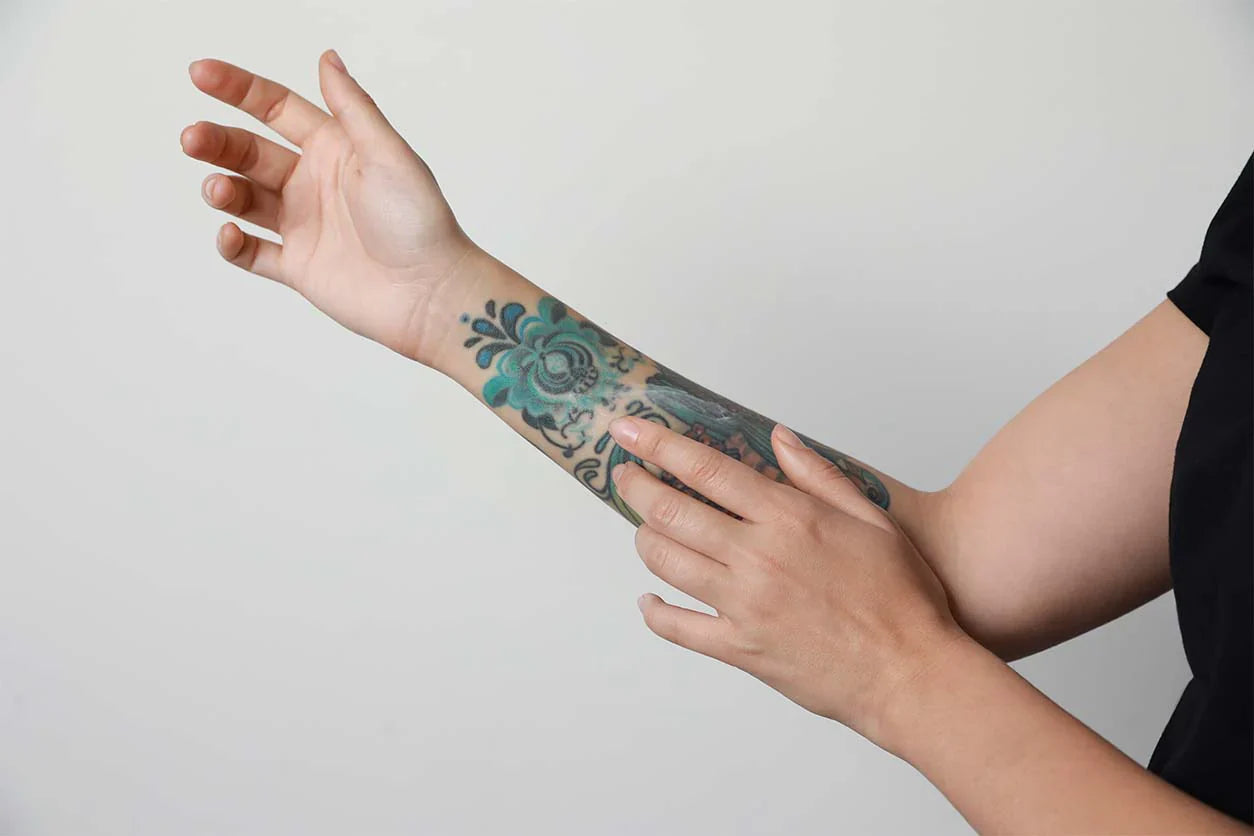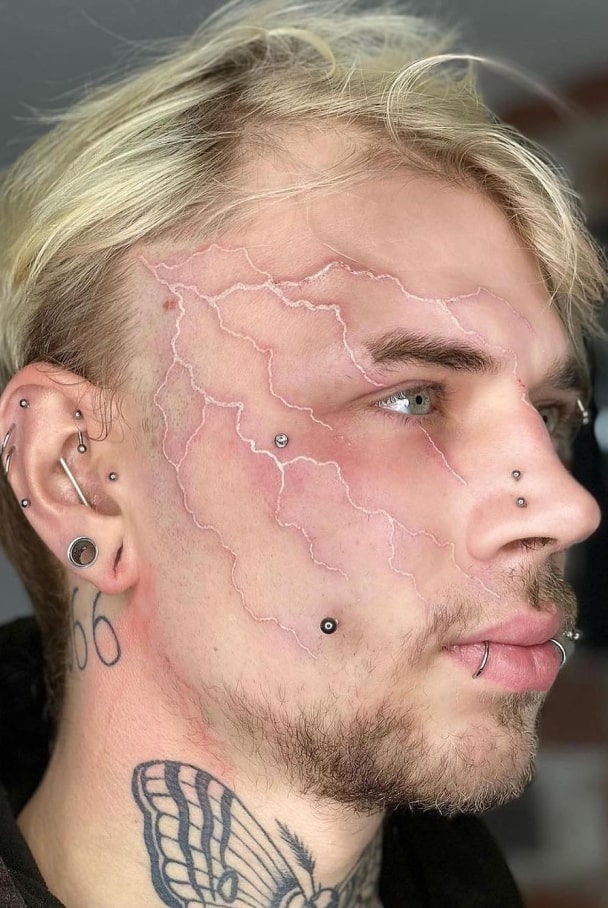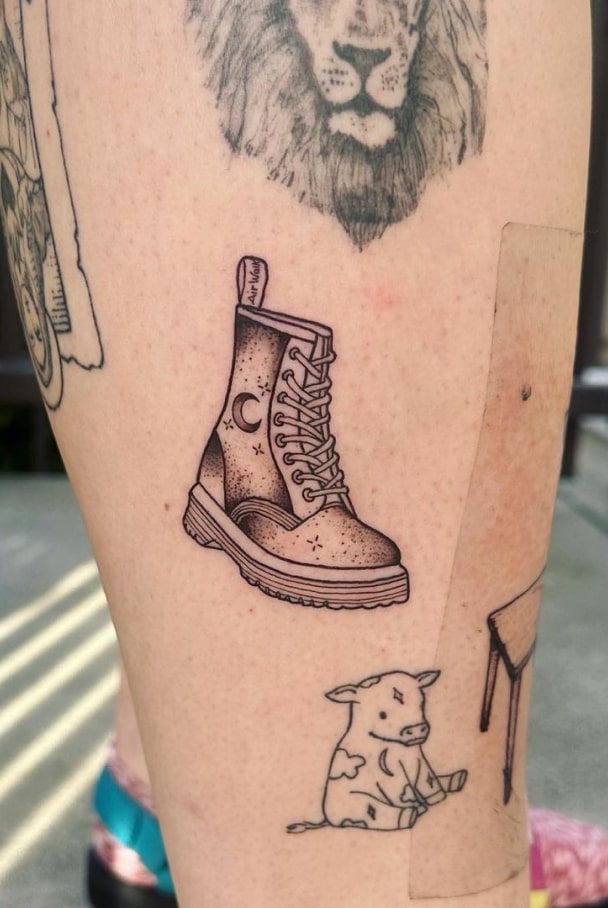Introduction
In an era when tattoos are more mainstream than ever, a bold innovation emerged promising a fresh spin: the made-to-fade tattoo by Ephemeral. Launched in 2021, the concept was simple yet revolutionary, get a real tattoo that naturally fades away within 9 to 15 months. But this seemingly perfect blend of commitment-free artistry and self-expression soon hit an unexpected roadblock. As time passed, customer experiences revealed that many tattoos lingered far longer than advertised, sparking a major controversy. Let’s dive into how this all unfolded and what it means for the future of temporary body art.
The Vision Behind Ephemeral
Ephemeral was founded by a group of scientists and engineers, including Vandan Shah, Brennal Pierre, and others, who spent years developing a bio‑absorbable ink. Crafted from medical-grade polymers similar to dissolvable sutures, the ink was engineered to break down gradually under the skin and be eliminated by the immune system over time. Their bold promise: a real, tattooed look with a guaranteed expiration date.
The company even raised significant investment and launched multiple studios nationwide. The hopeful tagline: “Real Tattoos. Made to fade in about 9–15 months.”
When Fading Doesn’t Happen
Unfortunately, the fade promise didn’t hold true for many customers. Numerous reports surfaced of tattoos still clearly visible well past the 15-month mark, some even years later. For instance, one actress received a tattoo in February 2021 that was still visible over two years later. Another individual revealed a tattoo unchanged two years afterward via TikTok, calling it a “scam.”
Media outlets like Fast Company and USA TODAY covered growing customer dissatisfaction, noting that tattoos were fading unevenly, or not at all, leaving behind patchy, semi-permanent marks.
This backlash quickly snowballed across social media and forums like Reddit’s r/EphemeralTattoos, where users voiced frustration and disappointment: one wrote, “They look about the same as they did month 2–3,” even after over a year.
Ephemeral’s Response
Faced with mounting complaints, Ephemeral updated its messaging in February 2023,extending the possible fade timeline to up to three years, and introducing a “Regret Nothing Guarantee” offering refunds for tattoos that don’t fade within that period.
By late 2023, the company had closed all its physical studios and shifted to selling ink through tattoo artists and partner shops.
Why Did the Fade Take So Long?
What caused the unexpected longevity of these tattoos? Experts and Ephemeral insiders pointed to multiple factors:
-
Ink placement and blood flow: Tattoos on extremities, like wrists or ankles, with lower blood circulation faded slower.
-
Individual immune response: The ink breaks down in a multistep process, hydrolysis followed by immune clearance, which varies across individuals.
-
Variable design factors: Thickness, complexity, and tattoo placement all influenced fade rates.
-
Limited pre‑launch testing scope: Lab studies didn’t account for real-world variability in clients’ skin types and lifestyles.
The Fallout & Customer Stories
As fade times stretched, many customers felt misled and anxious. One shared, “I regret this… it’ll be over 5 years until it’s mostly faded.” Another recounted how strangers mistook her tattoo blotches for bruises or birthmarks, and regret escalated when she attempted laser removal, which wasn’t recommended and created unsightly scarring.
For some, the unexpected permanence became unwanted burdens. This sentiment was captured vividly in NPR’s coverage, where one customer named their still-intact chicken-on-a-skateboard tattoo “Maurice”, not quite the fleeting ink experience they signed up for.
Lessons Learned & What’s Next
The Ephemeral saga offers several key takeaways:
-
Science‑based claims must align with reality. Marketing must reflect inherent variability, in this case, how individual bodies metabolize bio‑absorbable ink.
-
Transparency is critical. Ephemeral’s shift from a 15‑month promise to a 3‑year maximum—and the introduction of a refund policy, underscored the need for clear communication with customers.
-
Not the right fit for all clients. Those seeking temporary designs would likely be better served by surface-level options (e.g. inks that sit atop the skin), rather than semi-permanent methods that penetrate more deeply.
On the promising side, Ephemeral’s bio‑absorbable ink technology still holds value, particularly beyond the body-art sphere. In radiation oncology, for example, fading tattoo ink could eliminate the emotional burden of permanent treatment marks. Recent studies at Henry Ford Health suggest such ink could improve patient quality of life by removing permanent cancer reminders.
Conclusion
Ephemeral tattoos represented an exciting leap in tattoo flexibility, merging permanence with impermanence. Yet the mismatch between initial promises and real-world outcomes reveals the challenges of innovating in body art. While some customers ended up with regrets, and tattoos that lingered far longer than anticipated, the company’s pivot offers a vital cautionary tale.
Going forward, Ephemeral’s core technology may find far more meaningful roles in medicine, not as novelty tattoos, but as tools for healing, both physically and emotionally. And in that light, what once felt like a controversy might ultimately fade into progress.








